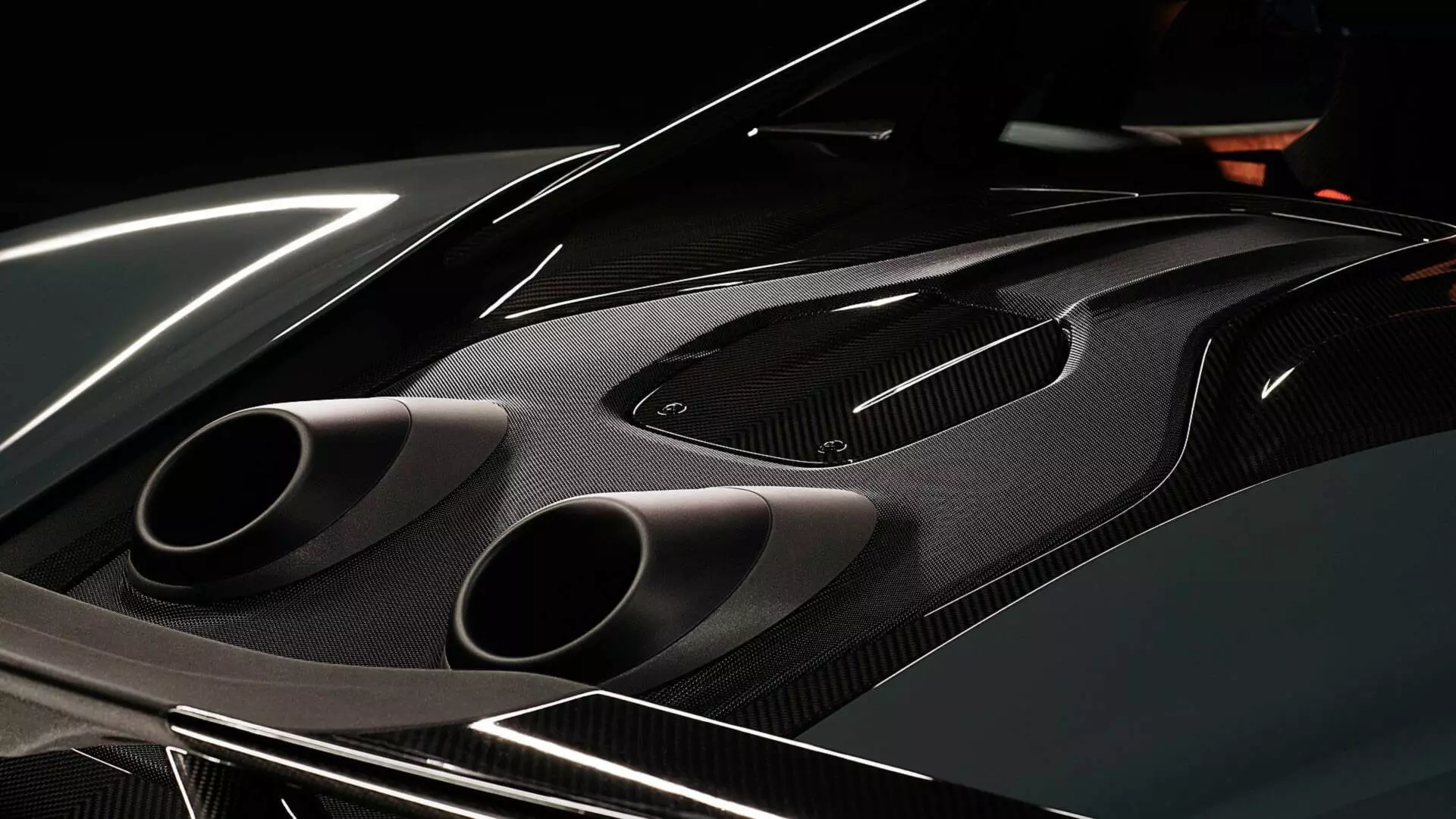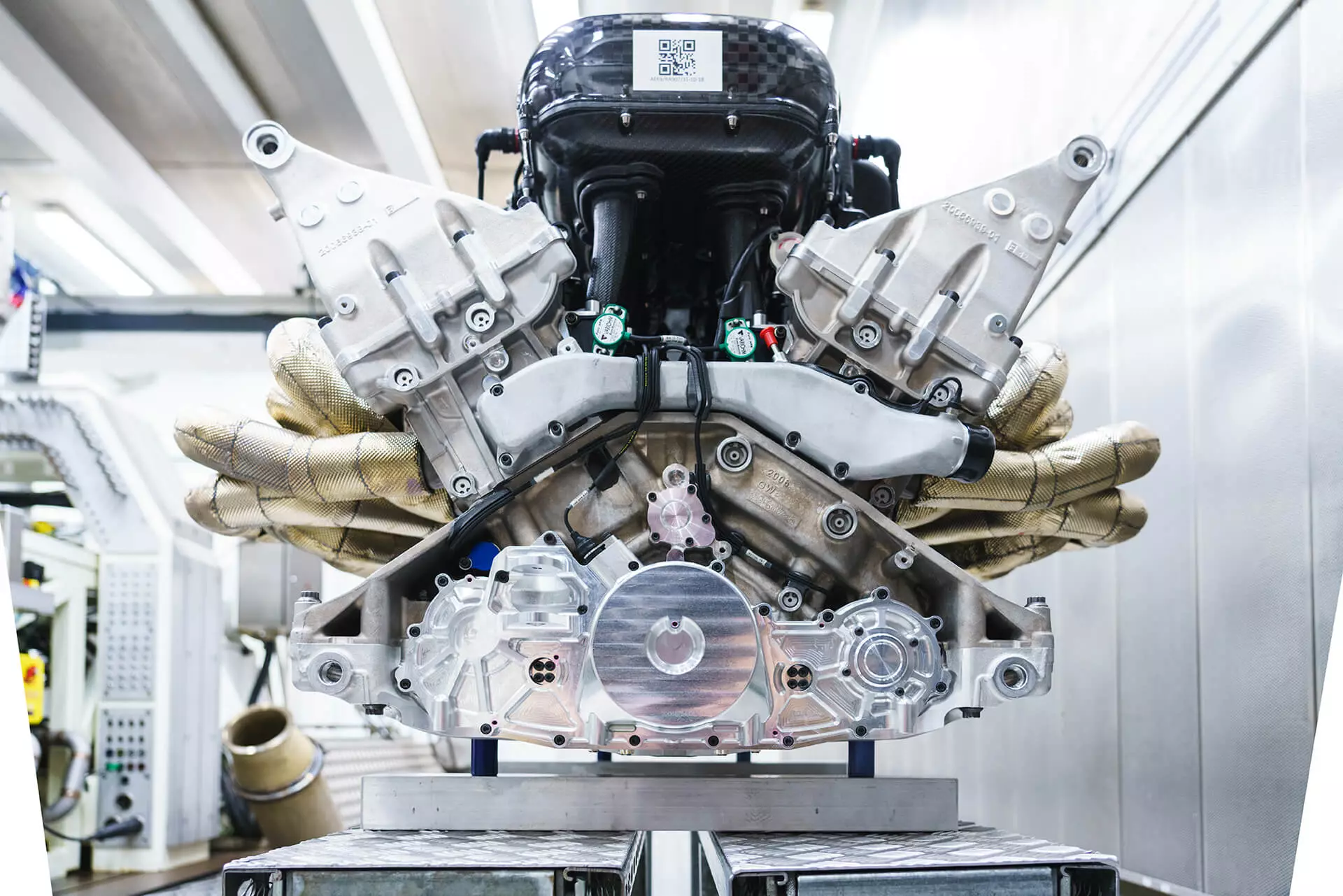When driving the Honda Civic Type R, perhaps the only point deserving criticism is the sound of its engine, or rather the lack of it — no doubt it deserved a voice in tune with its dynamic and helpful capabilities. Well, it's as if the “silence” of the hot hatch foresaw the future — new European rules are coming to limit car noise.
It was during the presentation of the new A 45 and CLA 45, in declarations by AMG to the Australian publication Motoring, that we ended up being exposed to this next reality.
The house of Affalterbach — known for its loud and muscular V8 — said that the sound of the next generation of its models will be necessarily more discreet. The new 45 model family is the first to comply with the new regulation.
Are you imagining an AMG V8 with a boy choir voice? Well, neither do we...

This European Union regulation will not only affect cars sold in Europe. Bastian Bogenschutz, director of product planning for the compact Mercedes-AMG, justifies: "We can (develop specific exhaust systems), but it's very expensive to do it for all markets, it's very difficult."
Until now, there was a way around the existing legislation. Many were the sports equipped with a bypass valve, which allowed to have, effectively, a sound like Dr. Jekyll and Mr. Hide - smooth as a purr of a kitten in "normal" mode and at the touch of a button (or the choose another driving mode), a roar capable of waking the dead, adding even a panoply of “pops” and “bangs”, which greatly enrich the sound experience.
Subscribe to our newsletter
No more! Under the new regulations, the measurement of engine noise will always be done in its “noisiest” mode, precisely where that extra layer of sound fun resides.

Regulation No. 540/2014, the culprit
After all, what is this regulation that is preparing to muzzle the noise of cars? Hidden under innocuous reference no. 540/2014, we find the regulation that deals with everything relating to the noise level of motor vehicles and replacement silencer systems.The objective is to combat excessive traffic noise, due to the disastrous consequences for health , as mentioned in one of the considerations of regulation no. 540/2014:
Traffic noise causes various types of health damage. Prolonged stress due to exposure to noise can lead to the depletion of the body's reserves, disturbing the regulatory functions of the organs and, consequently, limiting its effectiveness. Traffic noise represents a potential risk factor for the development of diseases and other health problems, such as hypertension and myocardial infarction.
Thus, the regulation defines test methodologies to measure the noise of cars (light and heavy), as well as placing limits on the noise they may emit. In relation to passenger cars (category M), these are the limits to comply with:
| Category | Description | Threshold values in dB | ||
|---|---|---|---|---|
| Phase 1 — as of July 1, 2016 | Phase 2 — new models as of July 1, 2020 and first registration as of July 1, 2022 | Phase 3 — new models as of July 1, 2024 and first registration as of July 1, 2026 | ||
| M1 | power to mass ratio ≤ 120 kW/1000 kg | 72 | 70 | 68 |
| M1 | 120 kW/1000 kg | 73 | 71 | 69 |
| M1 | 160 kW/1000 kg | 75 | 73 | 71 |
| M1 | power mass ratio > 200 kW/1000 kg Number of seats ≤ 4 R point of the driver's seating position ≤ 450 mm above the ground | 75 | 74 | 72 |
Note: Category M — Motor vehicles designed and constructed to carry passengers with at least four wheels; Category M1 — Vehicles designed and constructed for the transport of passengers with a maximum of eight seats in addition to the driver's seat.
To get a rough idea of what those values in dB (decibels — logarithmic scale for measuring sound) mean, 70 dB is equivalent to a normal tone of voice 30 cm away, the noise of a vacuum cleaner or a hair dryer.
It should be noted that the values in the table above do not refer only to engine/exhaust noise. The announced limit values refer to the total noise produced by the car, that is, in addition to engine/exhaust noise, rolling noise caused by tires is also included in the accounts — one of the main sources of noise in cars. As you would expect, tires also have their own set of requirements to meet: Regulation No. 661/2009.
hello artificial sound
With exhaust noise being substantially reduced in the coming years as a result of regulations, listening to the engine of sportier caliber machines from the driver is going to get more difficult. However, there is a solution, not always the most appreciated: artificially “augmented” sound, using the car's sound system.

The fact is that engines nowadays no longer have a great voice as a tenor and many are “mute”, with few exceptions, due to the turbo “invasion” that gasoline engines have known. And more and more cars, like some of the hot hatches we've tested, are using these tricks to compensate for an innate lack of voice.
Now, in light of the new regulations, it should be the only solution available to manufacturers to give voice to their most powerful machines… at least inside the cabin.
Certainly, we will complain in the coming years about the lack of voice in those cars that should have more voice. Until then, there is still room for moments like this:
